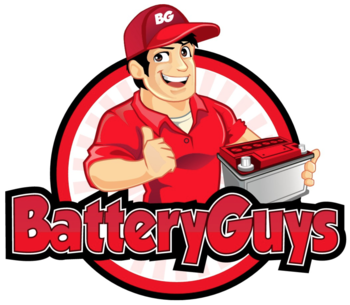- Joined
- Mar 20, 2005
- Location
- Morganton NC
At some point in time, if you ever try and trail ride a difficult trail, you're probably going to have to winch. "IF" you find yourself in a really difficult trail, if could very possibly become a "winch fest" In other words, a LOT of winching. Now my question is simple. When I had my first AGM battery, it was an optima red top, I have also had yellow tops, an deep cycle blue tops, at the present, I have two Duracell AGM batteries in my Jeep. What I have noticed is that the more I winch, the lower my voltage goes. And from my experience, AGM batteries do not recharge (no mater how big of an amp alternator) very fast. In the past, as in many years ago, I have had issues with lead acid batteries leaking out when I rolled my Jeep or even laid it on it's side, and that was the draw for me to use AGM batteries. Now, most batteries can come in a "sealed" version. I know that if a battery charges up quick, it's gonna discharge quick too. But like this past weekend, where I seemed to find every rock that I either high centered on, or, my cut down 14 bolt(13 bolt) seemed to find every notch that captured my Jeep an held it hostage, as in could not go forward or backwards. So much winching, and while since I run 2 batteries, I didn't feel as though I was starving my winch for power, I did notice a drop in voltage. I do have electric cooling fans for both my engine and my trans, so once they past 160 degrees, they stayed at 180* except for hard pulls. They won't urn off until 160*, at night, I had anywhere from 8-10 LED lights running, and also ad in my fuel pump and of course my engine. I only run a 60amp alternator. I have known for a long time that AGM batteries just do not charge fast, so never went with a higher amp alternator. But I have been re-thinking this because while it may not re-charge my batteries any faster, the extra amperage would help in running fans, fuel pump and lights. So, My question is
What benefit is there in running agm batteries. vs sealed lead acid batteries
What benefit is there in running agm batteries. vs sealed lead acid batteries


